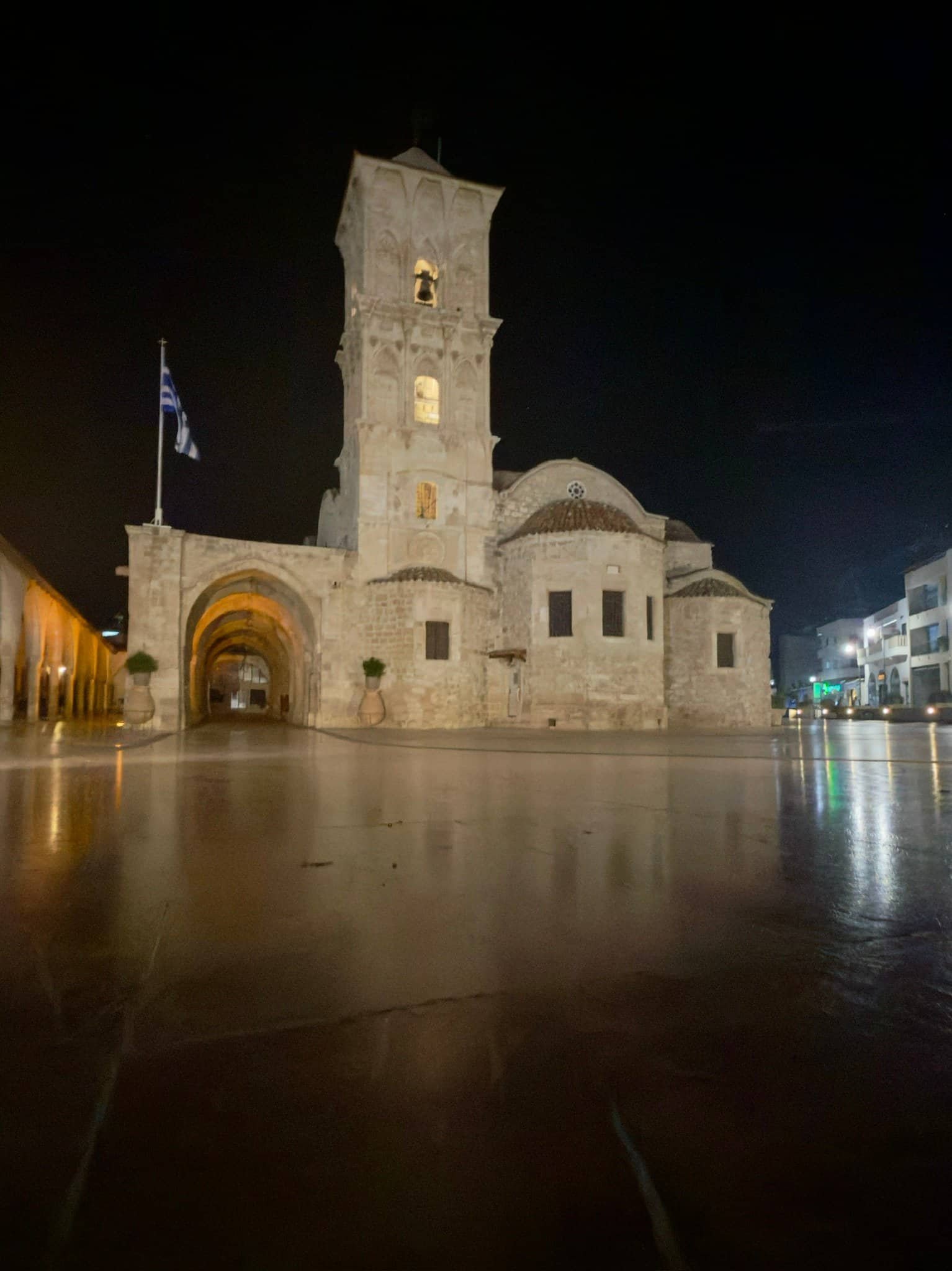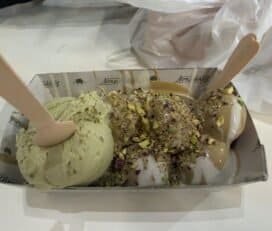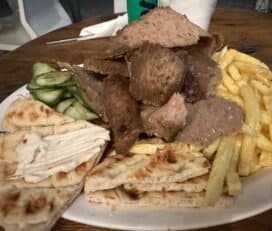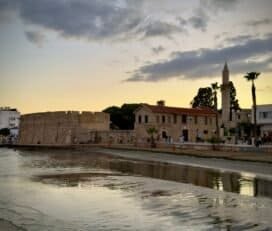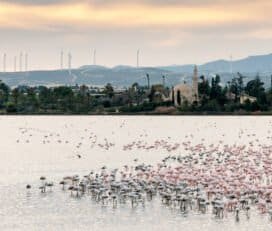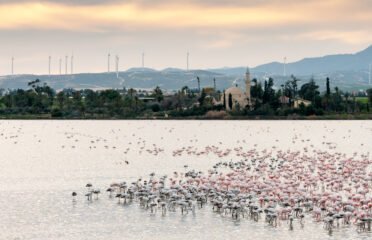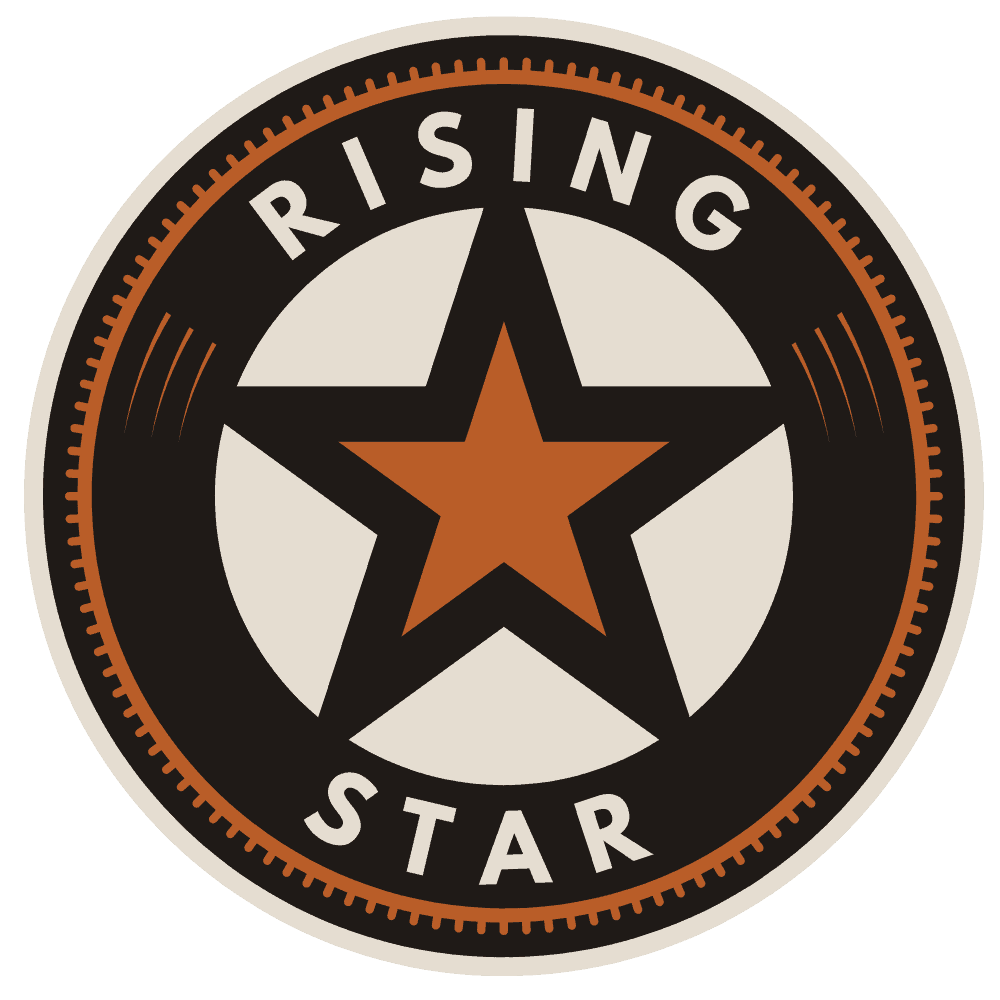Old Quarter (Skala) – Larnaka, Cyprus
Overview
The Old Quarter of Larnaka, known locally as Skala, is a charming seaside neighborhood where Cyprus’s past and present blend beautifully. Located just south of the Finikoudes Promenade and the Larnaka Medieval Castle, this historic district is famous for its whitewashed stone houses, narrow lanes, traditional workshops, and laid-back coastal vibe. Once home to a vibrant mix of Greek Cypriot and Turkish Cypriot families, Skala has transformed into a creative enclave filled with artisans, potters, and local designers while retaining its authentic island character. For travelers who want to experience the quieter, more traditional side of Larnaka, the Old Quarter offers a glimpse of everyday Cypriot life and history just steps from the sea.
Why Visit
- Stroll through one of Larnaka’s most atmospheric and historic neighborhoods
- See beautifully restored 19th-century stone houses and workshops
- Visit local artisans making pottery, lace, and traditional crafts
- Enjoy peaceful seaside views away from the busy promenade
- Experience the local culture, architecture, and slower pace of life
Highlights
- Traditional Architecture: Narrow alleys lined with whitewashed houses, blue shutters, and blooming bougainvillea
- Craft Workshops: Handmade pottery, leather goods, and lacework made by local artisans
- Skala Artists Village: A cluster of studios where artists and sculptors create and sell their work
- Coastal Promenade: A tranquil stretch of seaside walkways connecting Skala with the castle and Finikoudes
- Local Cafés: Small family-run tavernas serving Cypriot coffee, meze, and sweets in shaded courtyards
History & Cultural Significance
The Old Quarter of Skala dates back to the Ottoman period, when Larnaka became a key port and settlement area. For centuries, the neighborhood was home to both Greek and Turkish Cypriot communities, creating a rich cultural tapestry reflected in its architecture and traditions. After the population exchanges of the mid-20th century, Skala evolved into a more residential and artisan-focused district. In recent decades, the area has been carefully restored, with many of its historic homes converted into workshops, galleries, and studios. Today, Skala stands as a living museum of Cypriot craftsmanship and community life, preserving the city’s cultural identity in an increasingly modern world.
Typical Costs & Tickets
There is no admission fee to visit the Old Quarter of Skala, and wandering its streets is one of the most rewarding free activities in Larnaka. Prices in the neighborhood’s cafés and artisan shops are typically lower than along the main promenade. Handmade pottery and crafts range from €10–€50 depending on size and detail, and many artisans welcome visitors to watch their creative process. A cup of Cypriot coffee or fresh lemonade in one of the local cafés costs around €2–€3. Walking tours of Larnaka Old Town that include Skala are available from about €10 per person and provide valuable historical context.
Best Time to Visit
Skala is pleasant to explore year-round, though the best times are in spring (April–June) and autumn (September–October) when temperatures are mild and light is perfect for photography. Early mornings are peaceful, with locals opening their workshops and the scent of fresh bread in the air. Evenings offer a romantic atmosphere as the streets glow under soft lights and the sea breeze drifts through the alleys. Summer afternoons can be hot, but many cafés provide shaded seating or breezy courtyards where you can relax with a cold drink.
Nearby Experiences
From the Old Quarter of Skala, visitors can easily walk to several major Larnaka attractions. Just to the north lies the Larnaka Medieval Castle and the Finikoudes Promenade, while the Holy Church of Saint Lazarus and the Larnaka Market are within a 10-minute walk. The nearby Pierides Museum offers insights into Cypriot antiquities, and the Hala Sultan Tekke Mosque and Larnaka Salt Lake are a short drive away. The beach along Skala’s edge is quiet and uncrowded, perfect for a swim after exploring the historic streets.
Travel Tips
- Wear comfortable shoes — the cobblestone lanes are uneven and best explored on foot
- Bring cash for small purchases, as some local shops may not accept cards
- Visit in the morning for the best light and to see artisans at work in their studios
- Stay until sunset for beautiful seaside views and fewer crowds
- Respect private homes — many traditional houses are still occupied by locals
Fun Facts & Local Legends
- The name “Skala” means “rock” or “shore” in Greek, referencing its seaside location
- Some pottery workshops in Skala have been family-run for generations
- The area was once home to fishermen who built boats along the nearby shore
- Several local artists host open studios during cultural festivals throughout the year


